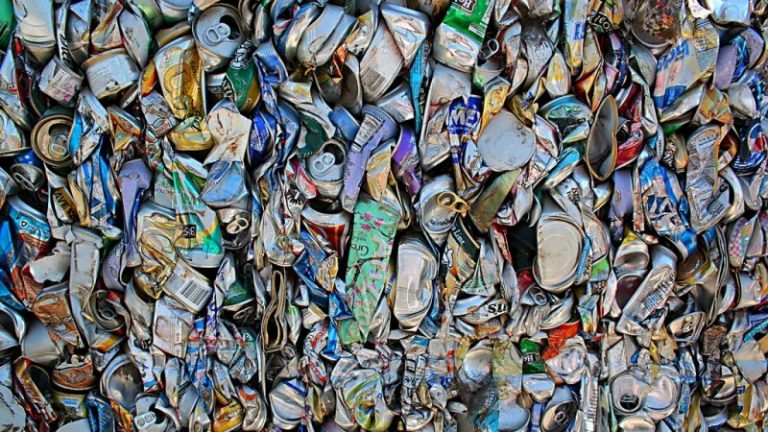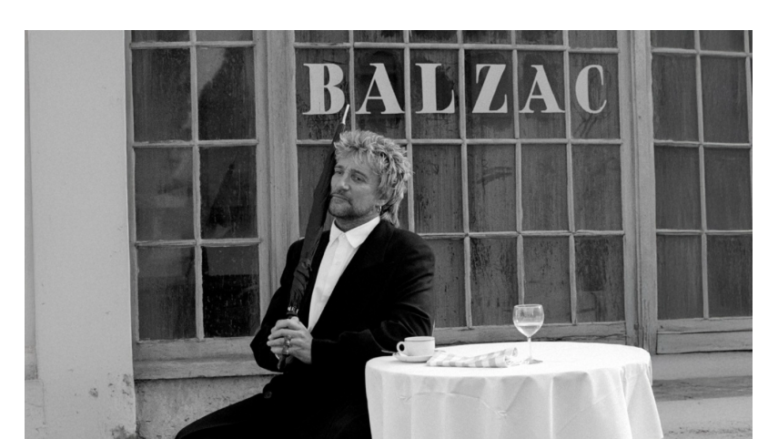In the coming years, EU citizens are set to see a change in the way they recycle waste at their homes and businesses – and in the way that recycling is measured.
One of the most visible changes will be in the requirements for packaging, one of the biggest generators of waste.
In May last year, a new EU packaging waste directive was adopted which will set much more ambitious recycling targets and requirements to make the products more easily recyclable than they are today.
The new metrics will not only look at recycling. They will take the product’s whole lifecycle into account – from production to use to recycling and back again – in line with the circular economy principles.
Each year, the average European generates two and half times their own weight in packaging waste. Of the 86.7 million tonnes of packaging waste generated in 2016, 41% was made up of paper and cardboard. Plastic and glass made up 16% each, while metal made up only 5%.
Although it makes up a small proportion of packaging waste, metals make up a big proportion of waste recycled. 74% of the rigid aluminium packaged used in soda cans, for example, is recycled, compared to 42% of all plastic packaging. But though its recycling rate is similar to that of paper, it is far less used.
Read more HERE
Ask me anything
Explore related questions





